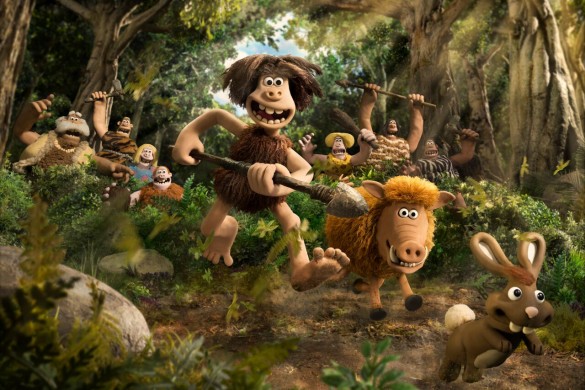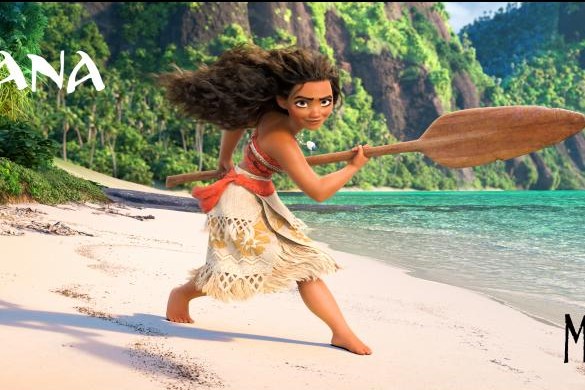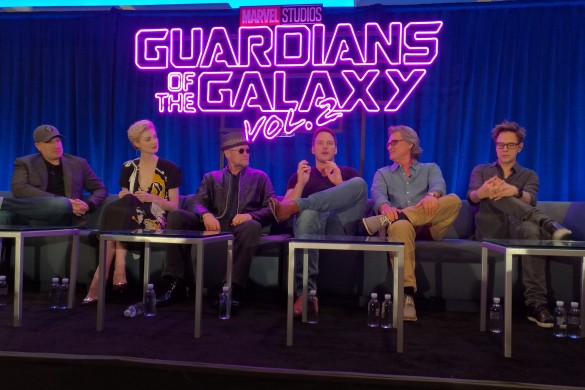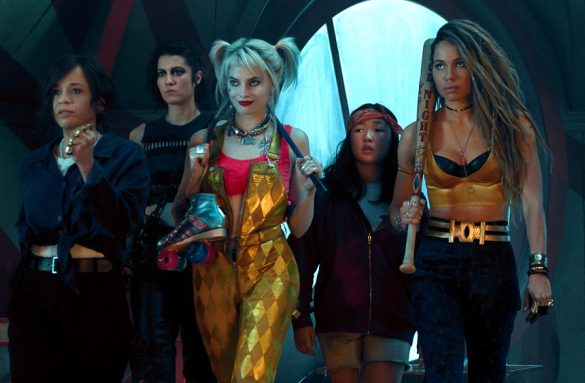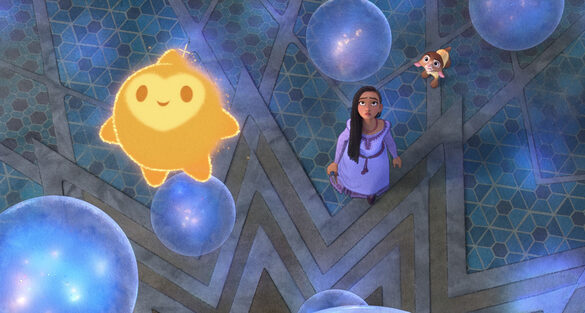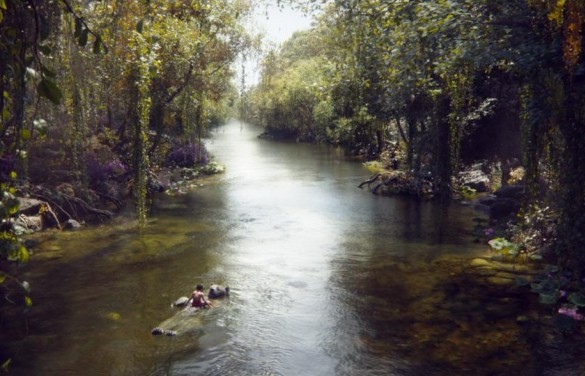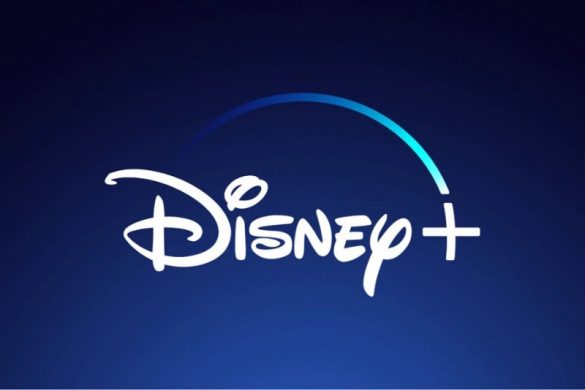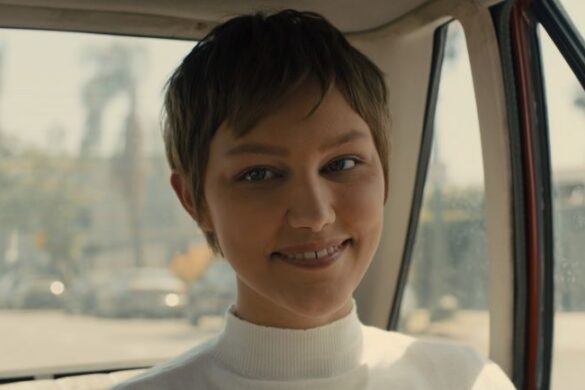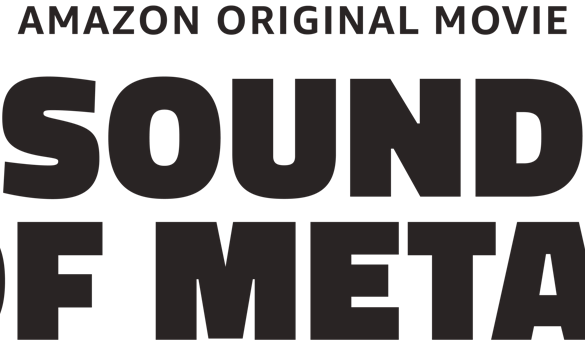Big Hero 6 is in theaters on Friday, November 6th and is rated PG!
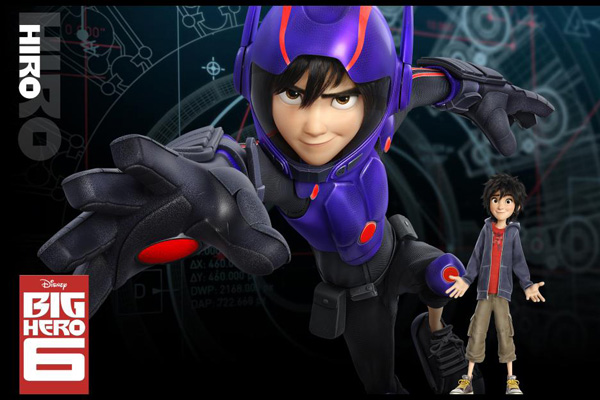
Hiro and Baymax have a special connection in Big Hero 6. Hiro’s older brother Tadashi, created Baymax to help people. Little did Tadashi know that his greatest invention would one day become his younger brother’s caretaker. Ryan Potter is the young actor who voiced Hiro. His raw talent and down-to-earth nature shines through as the young actor, who morphs through the stages of mourning. Ryan sat down with us to talk about the emotional challenges he was faced with in this role.
Tell me about your exploration of emotions for this film.
Ryan Potter: Big Hero 6 is very emotional. I think most people have experienced these emotions before and they’re all very real. I don’t feel anything is really overplayed in this film. There’s loss, there’s happiness, there’s laughter, there’s all these different emotions and these things that you feel. I think for me, the most important thing to bring to Hiro was sensitivity and realness. I don’t- want to sound hokey but I don’t put on an act, this is me, this is what you get. And, I’m a very genuine person. That’s why I wanted Hiro to be very real. I wanted anybody to be able to relate to Hiro. I wanted certain things to affect him.
How did you come up for the voice of Hiro?
RP: Actually, what you hear in the film was what my voice sounded like about a year and six months ago. And my voice has progressively gotten deeper. I’ve always had a deep voice, even as a little kid. I think the last like six months of recording it-we started to notice it.
I have to come back up here to be in Hiro’s register and kind of high energy but towards the end have to find his level of his voice. But my natural speaking voice is a little bit deeper. So we had to find his voice but it was just me throughout the film.
Do you connect right away to your voice in the animation or is it more like hearing your voice on a tape recording?
RP: Yes, the first time I saw the film and watching the first fifteen minutes of it was very strange. I thought,”My voice doesn’t sound like a Disney voice. That shouldn’t be coming out of that kid.” I was being very critical of myself, but then within about fifteen minutes into the film, you hear the other voices and it works – I don’t think it’s your traditional voice casted.
Every single character has a very interesting sounding voice. And they all come together very nicely and they all blend together very nicely. You know, Hiro and Tadashi have very deep voices for, for their age. And this robot has a voice that you’ve never heard before. You know it’s not, “Hello, I am Baymax.” It’s what Scott has lent to this character.
How far did the design progress for your characters when you started to record versus how they ended up in the final film? How much of that did you get to see?
RP : It was basically the final product when I went in. It was interesting to see that the rest of the story, kind of evolved and other characters evolve, but your characters stayed the same. Your character goes through an arc. But through the creative process, there’s no real change. It’s you, the voice you use, the heart you
give, and what the character looks like. Everything else is changing. There’s different dialogue and different scenes but, it was nice being able to go into the booth each time and come to almost a familiar place. Hiro was that familiar place every time. Everything else was changing, but Hiro was that familiar place. It was just me.
I know in some animated movies, actors are encouraged to move around in the booth and really push the character. Was this the case for you?
RP : They had a few cameras on me. And I was just jumping all over the place. When you see how physical Hiro is in the film, you know he’s running all over the place, he’s being picked up, being thrown, falling. I mean the creators of the film created an awesome environment for me to just be able to play. Like I was like a kid in the sandbox you know? For instance, Hiro is being thrown, I jump in, “Well you guys, mic’s good, can I throw myself now?” I would jump across the room and make the action/sound you know. And there was a lot of action behind it. What the cameras captured, they were able to incorporate some of that into the animation.
Do you see yourself within those manners?
RP : Absolutely. The best example of it is, in real life, if I see someone in the back, and I know them, I go, “Huh”, right? Or if I see something funny or entertaining, I’ll go, “Huh” and Hiro does it twice in the film. They mirror each other.
Once when he’s on the back of the moped with Tadashi, they jump up, he sees himself in the reflection of the glass and goes, “Huh.” And the second time when he’s on the back of Baymax and it’s a very symbolic moment. But he sees himself in the reflection of the glass again and he goes, “Huh” and it’s almost like, “I did that”, or “That’s cool”. How they mirror each other is very interesting.
It’s like, coming back to a familiar place once he’s up, when he’s on the back of Baymax, comes back to the place where he was on the back of Tadashi. That’s something that I noticed and I then absolutely loved seeing.
One thing about the animation process is that when it starts there’s a lot of build-up and tear-down. Did you hear about what Hiro and Baymax were in the early stages and how they changed?
RP : Yeah. And they changed the relationships of certain characters around. And when they did it made the story that much more impactful. Maya’s character was changed. The way they changed her relationship to Hiro, it makes Baymax’s relationship that much more important to Hiro and Hiro’s relationship to Baymax that much more important when they lose Tadashi; when, when Baymax loses Tadashi you know.
You have to realize, Hiro lost his older brother, but Baymax lost his creator. That’s something that you don’t really think about, but like you know, if Baymax were to have a full range of emotions, I’m sure, it hit hard for him too.
That’s why it seems so important when he says he’s still here.
RP : Absolutely. When they come back from that mission, that scene is interesting. We kind of approached it differently. When I started reading some of the lines in that scene, I almost could not get through them, but just keep doing it or if I stopped, I wouldn’t have been able to get back to that place or continue because of how emotional it was.
And certain lines I was like, “Don’t stop me!” I have to keep going or else I won’t be able to get to that place or I won’t be able to put myself there again because of how draining it is.
Since you didn’t record with Scott Adsit (Baymax) what’s your experience been getting to know the rest of the cast?
RP : We didn’t miss a beat. I get it- it sounds kinda corny to say, but we’ve been-working with each other for a year and a half and when I first met Scott, I was like, “Baymax?” “Hiro?” It was like, like it- there was no awkward…I finally got to see the rest of the cast two hours after the film was completed.
How surreal has it been to see the characters in toys and theme parks?
RP: I mean you asking that question is surreal. It’s all very surreal. I spent my first birthday at Tokyo Disneyland. I’m a Disney fan. My favorite Disney film is Treasure Planet, who the executive producer of that, the creator, is Roy Conli and he worked on Big Hero 6. It comes full circle for me and it’s very surreal.
Scott Adsit, who I now call Scott Baymax, sat down with me for an intimate 1:1. Stay tuned for my interview with Baymax!
* We attended a Big Hero 6 media event to provide this interview to our readers.

